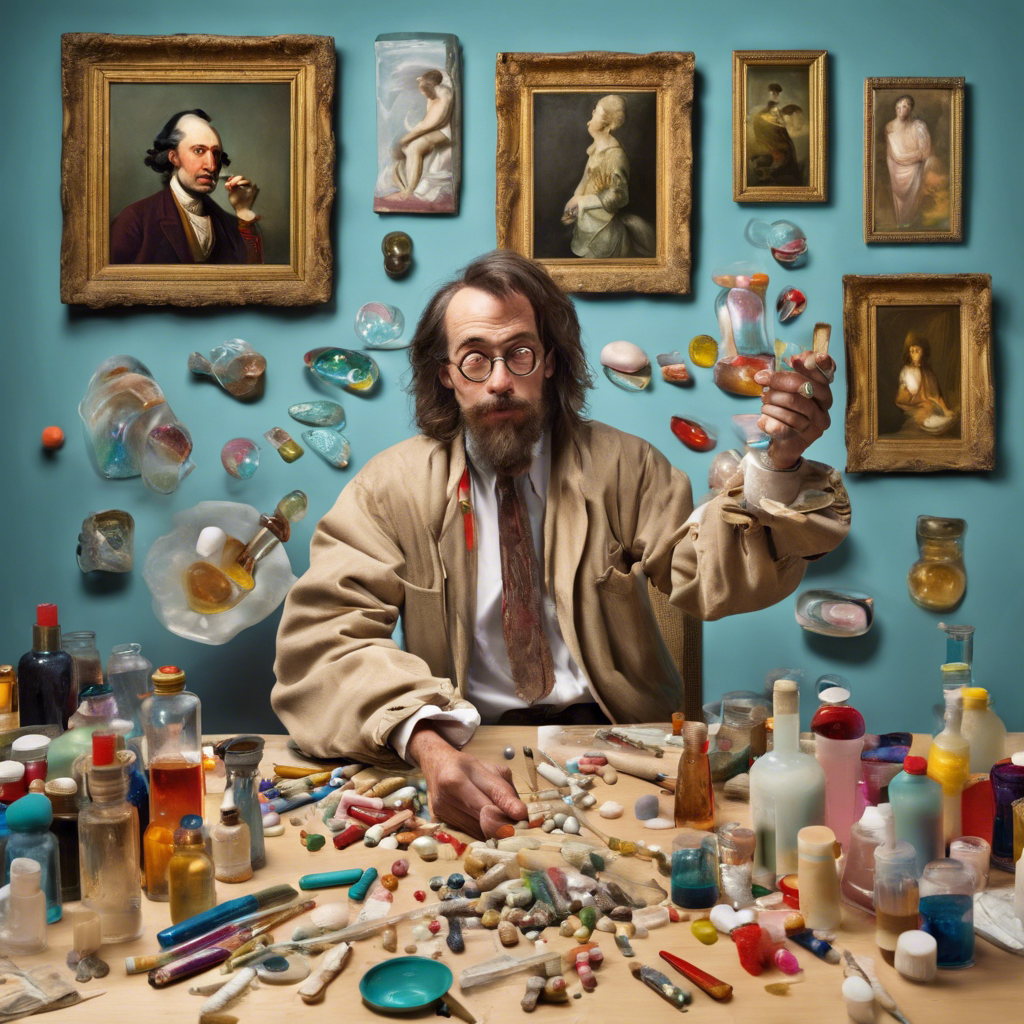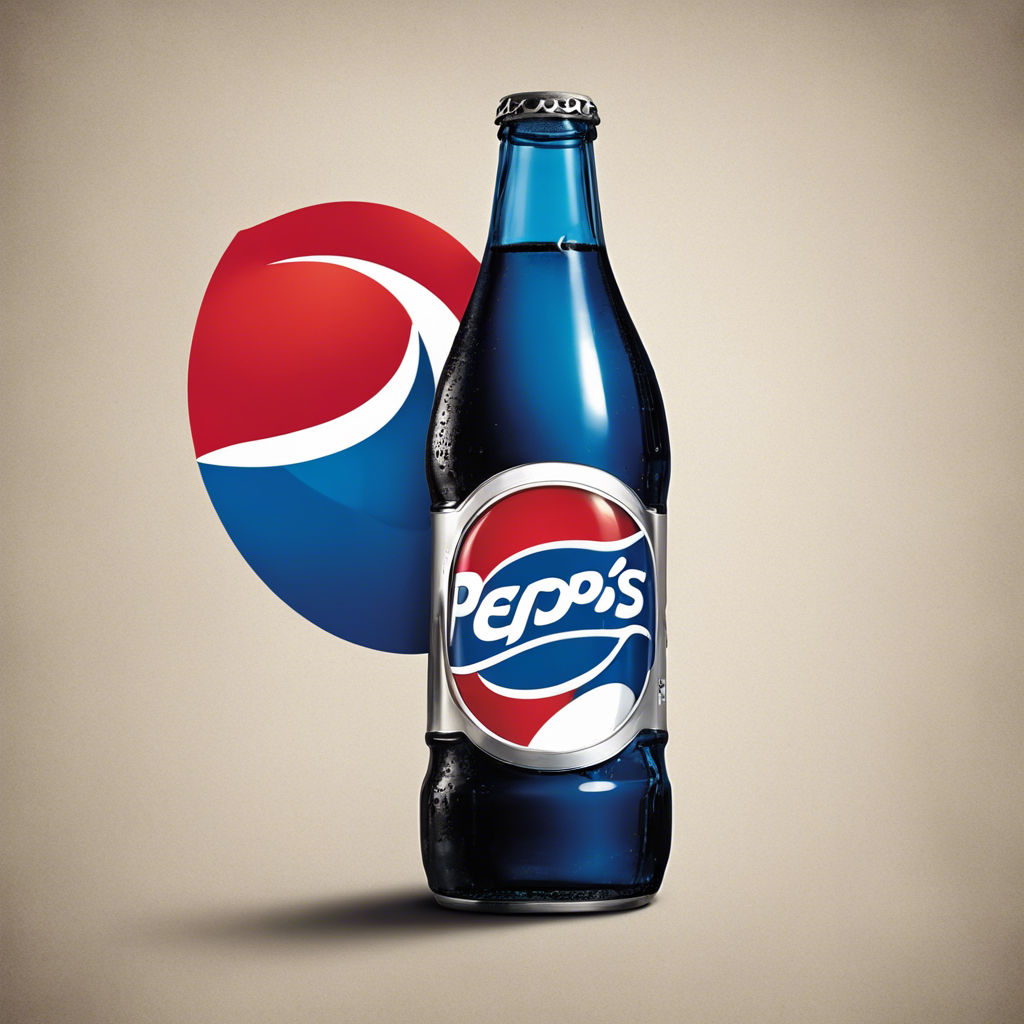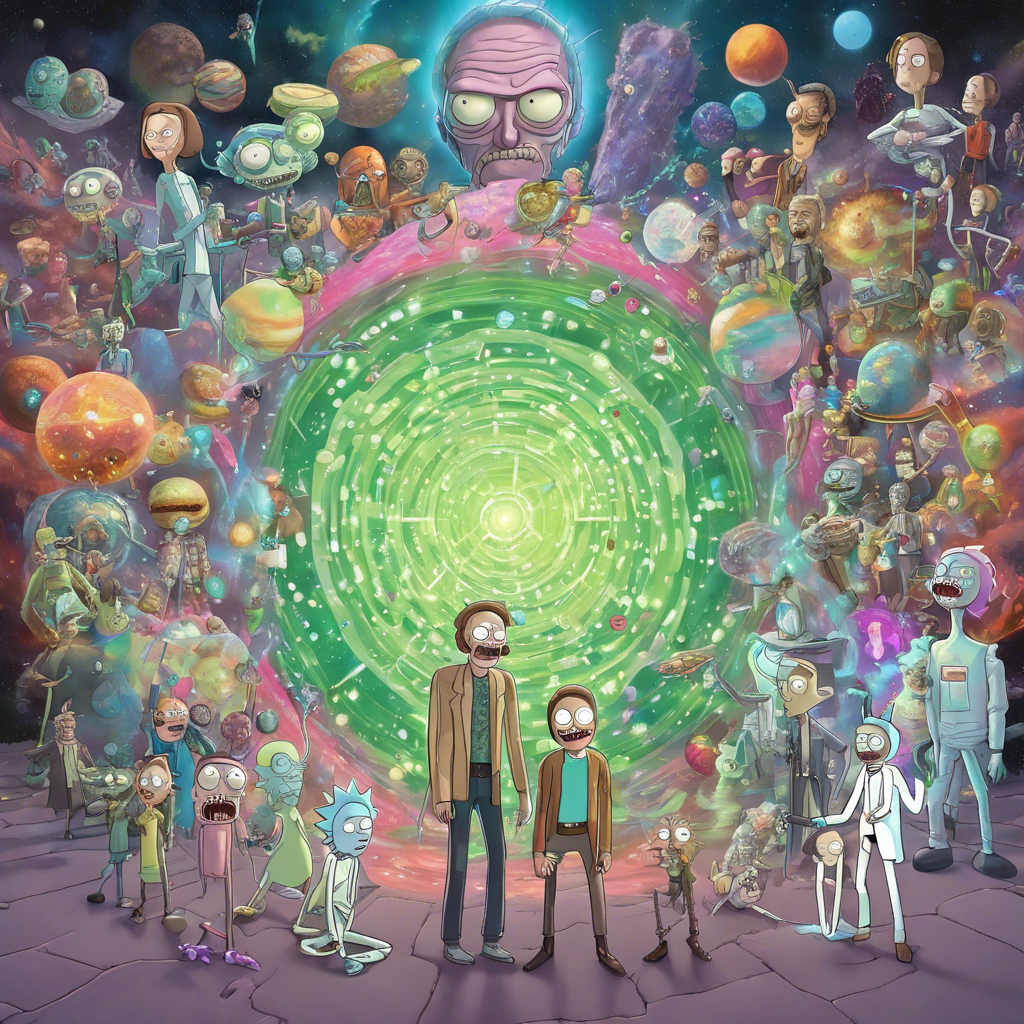The Highs and Lows of Art: How Drugs Shaped Masterpieces

Exploring the role of drugs in the creation of iconic works of art
In a world where winners are often portrayed as sober and disciplined, it may come as a surprise that many of the greatest works of art were born from the minds of individuals under the influence of various substances. From literature to music and film, the creative landscape is riddled with stories of artists finding inspiration, solace, and even chaos through drugs. This article delves into the intriguing relationship between drugs and art, examining how these substances have shaped and influenced some of the most revered masterpieces of our time.
The Fucked-Up Four
The Beatles’ groundbreaking album, Sgt. Pepper’s Lonely Hearts Club Band, hailed by Rolling Stone as the greatest album ever, was created amidst a backdrop of weed, LSD, cocaine, and even heroin use. John Lennon’s later descent into heroin addiction only adds to the mystique surrounding this iconic work.
Weed’s Going On
Marvin Gaye’s socially conscious masterpiece, What’s Going On, was crafted while the artist and his collaborators were high on copious amounts of marijuana. The haze of smoke that enveloped the recording studio is said to have contributed to the album’s rich musicality and emotional depth.
The Drunkest Movie Ever Made
Withnail & I, a cult classic known for its accurate portrayal of drunkenness, was created by a cast and crew who were no strangers to the bottle. Roger Ebert once quipped that watching the film was akin to experiencing the effects of alcohol firsthand.
What a Trip, What a Trip
The making of Easy Rider, a countercultural film that pushed boundaries, was marred by rampant drug use. Stories abound of Dennis Hopper and Peter Fonda resorting to desperate measures, such as snorting an executive’s dead wife’s ashes, to satisfy their cocaine cravings.
On the Road, and the Booze, and the Pills
Jack Kerouac’s iconic novel, On the Road, was written in a whirlwind of creativity fueled by cigarettes, coffee, booze, and benzedrine. The book’s frenetic energy and exploration of the Beat Generation’s hedonistic lifestyle were undoubtedly influenced by Kerouac’s drug-infused writing process.
What Happens in Vegas… Is Immortalized in Print
Fear and Loathing in Las Vegas, Hunter S. Thompson’s gonzo masterpiece, serves as a vivid documentation of the author’s drug-fueled adventures. Thompson’s infamous list of drugs consumed during the writing process is a testament to the chaotic and hallucinatory world he inhabited.
Ah Well, Whatever, Never Mind
Kurt Cobain’s struggles with heroin addiction and personal turmoil were the backdrop for Nirvana’s seminal album, Nevermind. Despite his chaotic state, Cobain managed to create a musical masterpiece that defined a generation.
A Rolling Stone Gathers No Moss… Just Heroin
During the recording sessions for the Rolling Stones’ Exile on Main St., guitarist Keith Richards was found passed out with a needle in his arm. Unfazed, Richards continued playing after being revived, showcasing the resilience and creativity that can emerge from a drug-fueled environment.
Art with Heart
Jean-Michel Basquiat, the enigmatic artist known for his vibrant and raw works, succumbed to the destructive allure of drugs. Excessive cocaine use eroded his septum, and a fatal heroin overdose cut short his promising career.
The Library of Chronic
Dr. Dre’s album, The Chronic, is not only revered for its musicality but has also found its place in the Library of Congress. While other albums may be more overtly drug-infused, the inclusion of this weed-drenched masterpiece in such a prestigious institution is a testament to its cultural significance.
Punks on Junk
The Decline of Western Civilization, a documentary hailed for its raw portrayal of the punk scene, captures the chaotic lives of its subjects, many of whom were heavily dependent on drugs. The film’s unflinching depiction of the self-destructive nature of addiction only adds to its critical acclaim.
Did Somebody Do a Line Off a Duck?
Caddyshack, a comedy classic, witnessed its fair share of drug-induced antics during its production. Chevy Chase’s excessive cocaine use and Rodney Dangerfield’s audacious audition, which involved snorting two lines, are just a few examples of the film’s drug-infused behind-the-scenes chaos.
The Greatly Inebriated Gatsby
F. Scott Fitzgerald, known for his literary masterpiece, The Great Gatsby, was no stranger to alcohol. His two-decade-long battle with alcoholism undoubtedly influenced the novel’s themes of excess, disillusionment, and the dark underbelly of the Jazz Age.
Booze for Breakfast, Drugs in the Blood
Truman Capote, the brilliant author behind Breakfast at Tiffany’s and In Cold Blood, was notorious for his excessive drinking and drug use. Despite his self-destructive tendencies, Capote’s genius shone through in his captivating storytelling.
Conclusion:
The intertwining narratives of drugs and art reveal a complex relationship, wherein substances have both fueled and hindered creative expression. While drugs have undoubtedly played a role in the creation of numerous masterpieces, they have also contributed to the downfall and premature demise of many talented individuals. The allure of altered states of consciousness continues to captivate artists, offering a glimpse into the depths of human experience. As society grapples with the ongoing debate surrounding the legalization and regulation of drugs, it is essential to acknowledge the profound impact they have had on the artistic landscape throughout history.









